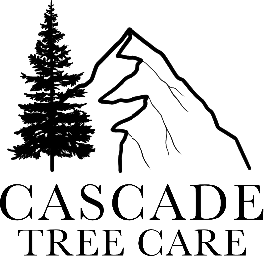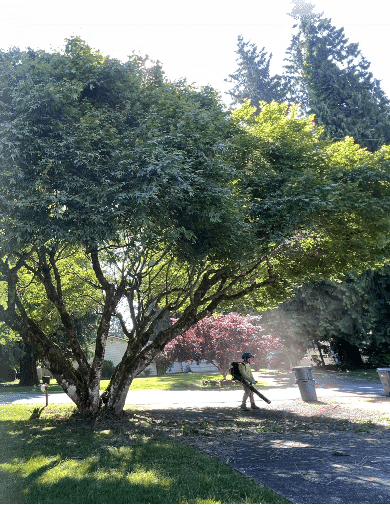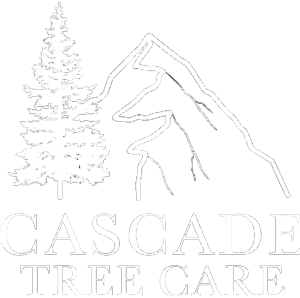Safety Precautions Taken by Tree Removal Contractors During Operations
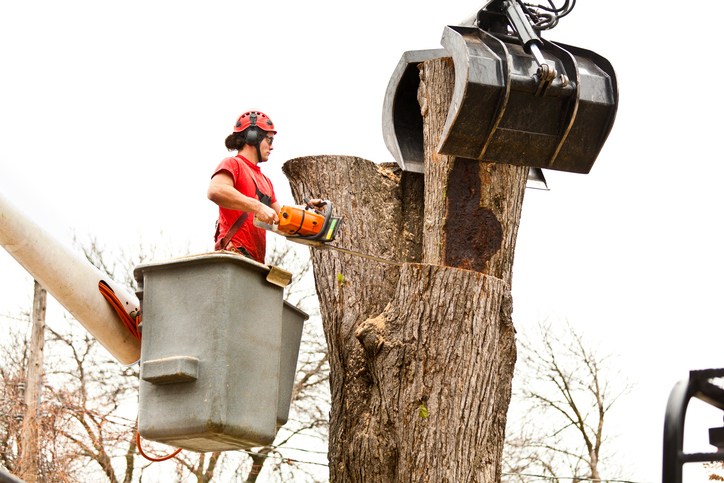
Tree removal is a complex and potentially hazardous task that requires careful planning and adherence to safety protocols. Professional tree removal contractors in Bellevue, WA, implement a range of safety measures to ensure both their team and your property remain protected throughout the process. Understanding these precautions can provide peace of mind and help you appreciate the expertise involved in safe tree removal. 1. Comprehensive Risk Assessment Before starting any tree removal project, contractors perform a thorough risk assessment. This involves evaluating the tree’s condition, its surroundings, and potential hazards. Identifying these factors allows them to develop a detailed plan to address any risks and ensure a safe operation. 2. Proper Equipment and Gear Tree-cutting professionals use specialized equipment designed for safety and efficiency, including chainsaws, climbing gear, and harnesses. Ensuring that all equipment is well-maintained and suited for the job reduces the risk of accidents and improves overall safety, offering benefits that far outweigh the tree-cutting cost in Bellevue, WA. 3. Site Preparation and Safety Zones Creating a safety zone around the work area is crucial for protecting both workers and property. Contractors clear the area of obstacles and establish barriers to keep bystanders at a safe distance. This preparation helps prevent accidents caused by falling debris or accidental contact with the tree. 4. Professional Training and Certification Experienced tree care specialists undergo rigorous training and certification. This education covers safe techniques for cutting and removing trees, as well as emergency response procedures. Well-trained professionals are better equipped to handle unexpected challenges and ensure a smooth, safe operation. Tree removal experts prioritize safety through thorough risk assessments, the use of proper equipment, site preparation, professional training, and environmental considerations. These measures ensure that the removal process is conducted efficiently and safely. For expert tree removal services that adhere to the highest safety standards, contact a professional contractor today. Ensure safe and efficient tree care with Cascade Tree Services. For reliable tree pruning services in Bellevue, WA, contact us at 425-530-9697 and protect your property today!
The Role of Tree Pruning Services in Maintaining a Healthy Canopy
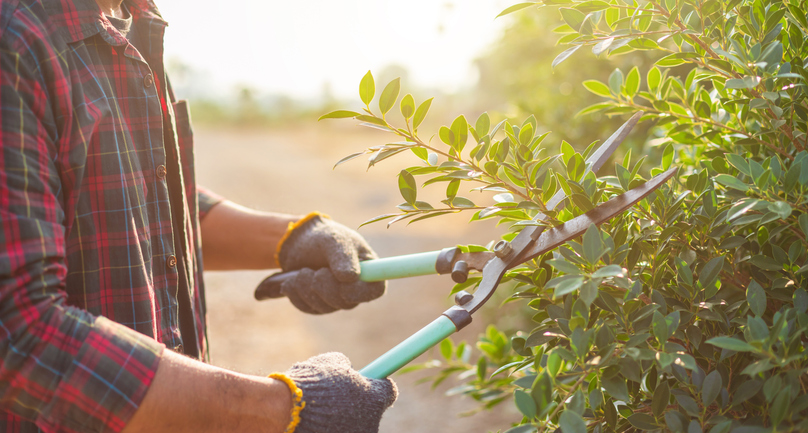
Tree maintenance services play a crucial role in maintaining the health and beauty of your trees. Regular pruning helps ensure that trees grow properly, remain safe, and enhance the overall landscape. This blog explores the importance of tree pruning in Bellevue, WA, and how it contributes to a thriving canopy. 1. Promotes Healthy Growth Proper pruning removes dead or diseased branches, allowing trees to focus their energy on healthy growth. By eliminating damaged parts, trees can develop stronger, more resilient branches. This practice also encourages new growth and improves the tree’s overall structure. 2. Prevents Overcrowding Tree upkeep helps prevent overcrowding by thinning out dense areas of the canopy. This allows for better light penetration and air circulation, which reduces the risk of fungal infections and promotes even growth. Adequate spacing is essential for the health of your tree. 3. Enhances Safety Removing weak or broken branches reduces the risk of falling limbs during storms or high winds. Tree grooming services ensure that potentially hazardous branches are addressed before they become a safety issue. This proactive approach helps protect your property and its occupants. 4. Improves Aesthetic Appeal Regular pruning enhances the visual appeal of your trees, contributing to a well-maintained landscape. Shaping and trimming trees can improve their overall appearance and ensure they complement your garden’s design. A well-pruned tree adds elegance and charm to your outdoor space. 5. Increases Tree Longevity Consistent pruning practices extend the lifespan of your trees by promoting healthy growth and preventing disease. A well-maintained tree canopy is less susceptible to environmental stressors and can thrive for many years. Investing in professional pruning services, along with reliable tree removal in Bellevue, WA, ensures the long-term health of your trees. Tree care services are essential for maintaining a healthy, safe, and attractive canopy. By promoting growth, preventing overcrowding, and enhancing safety, professional pruning contributes significantly to the well-being of your trees. Ensure your trees are well cared for with expert pruning services. Are you scouring the web for tree trimming service near me? Trust our experts at Cascade Tree Services to ensure your canopy thrives throughout the seasons! Get in touch with us at 425-530-9697 for any further information.
Community Guidelines for Responsible Tree-Cutting Practices
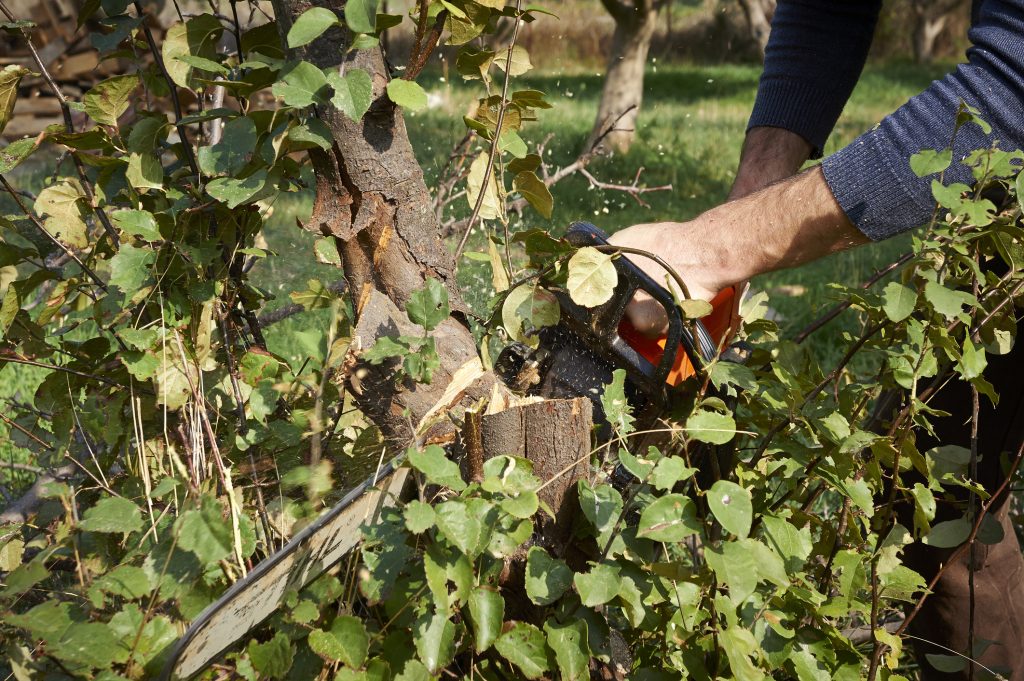
Responsible tree pruning practices are crucial for preserving community aesthetics, ensuring safety, and maintaining environmental health. This comprehensive guide outlines essential guidelines that communities should adhere to when planning and executing tree-pruning activities. By following these guidelines, residents and local authorities can effectively manage urban forests, promote sustainable development, and mitigate potential risks associated with tree-cutting. 1. Understanding Local Regulations and Permits: Before undertaking any tree pruning activities, it is essential to understand local regulations and obtain necessary permits. Municipalities often have specific guidelines regarding the types of trees that can be cut, permissible cutting methods, and environmental considerations. Obtaining permits ensures compliance with legal requirements and minimizes the risk of fines or legal repercussions. 2. Assessing Tree Health and Condition: Evaluate the health and condition of trees before deciding to cut them. Trees that are diseased, structurally compromised, or pose safety hazards should be prioritized for removal. Professional arborists can conduct tree assessments to identify potential risks and recommend appropriate cutting measures. 3. Prioritizing Safety Measures: Safety should be a paramount concern during tree pruning activities. Implementing safety measures such as using appropriate personal protective equipment (PPE), securing work areas, and employing trained professionals reduces the risk of accidents and injuries. Community members should also be informed about safety protocols to ensure a safe environment for all. 4. Minimizing Environmental Impact: Tree felling can impact local ecosystems and biodiversity. To minimize environmental impact, use eco-friendly cutting techniques, such as selective cutting and mulching of tree debris. Planting native species to replace removed trees promotes ecological balance and enhances urban green spaces. 5. Engaging with Stakeholders: Engage with community stakeholders, including residents, local organizations, and environmental groups, when planning tree-trimming activities. Seek input and address concerns to foster transparency and community support for responsible tree management practices. 6. Promoting Tree Conservation and Urban Forestry: Emphasize the importance of tree conservation and urban forestry initiatives within the community. Encourage tree planting programs, maintenance of existing green spaces, and integration of trees into urban planning strategies. Educate residents about the benefits of trees for air quality, shade provision, and aesthetic value. In conclusion, adhering to community guidelines for responsible tree-cutting practices is essential for maintaining environmental sustainability and community well-being. By understanding local regulations, assessing tree health, prioritizing safety measures, minimizing environmental impact, engaging stakeholders, and promoting tree conservation, communities can effectively manage tree-trimming activities. Professional tree-shaping services play a vital role in ensuring that these guidelines are followed while achieving desired community outcomes. Together, communities can preserve urban forests, enhance green spaces, and create safer and more sustainable environments for current and future generations. Are you looking for a dependable tree-cutting service company? Look no further than our experts at Cascade Tree Services. Call 425-530-9697 to learn more about our community guidelines and ensure sustainable tree management in your area today!
Tree-cutting services for Overgrown or Invasive Species

Overgrown or invasive tree species can disrupt the natural balance of your landscape, posing risks to native plants and wildlife. Tree care services are crucial for effectively managing these species, preventing their spread, and restoring ecological harmony. This article examines the significance of tree-cutting services in Bellevue WA, for managing overgrown or invasive species, detailing essential techniques and the benefits of professional intervention. 1. Identifying Overgrown and Invasive Species Identifying overgrown or invasive tree species is the first step in effective management. These species often grow rapidly, outcompeting native vegetation for resources and altering ecosystems. Common invasive species include tree-of-heaven, Norway maple, and English ivy, among others. Professional arborists can assess your landscape to identify problematic species accurately. 2. Assessing Ecological Impact Overgrown or invasive trees can have significant ecological impacts, such as reducing biodiversity, altering soil composition, and disrupting natural habitats. Their rapid growth and aggressive spread can choke out native plants, leading to imbalances in local ecosystems. Tree removal services are essential for mitigating these impacts and restoring ecological health, ensuring that benefits outweigh the tree trimming cost in Bellevue WA. 3. Professional Tree Cutting Techniques Professional arborists employ specialized techniques for cutting down overgrown or invasive trees safely and effectively. These techniques may include: – Selective Cutting: Removing specific trees to minimize disruption to surrounding vegetation. – Felling and Removal: Safely cutting down trees and removing debris from the site. – Stump Grinding: Grinding tree stumps to prevent regrowth and enhance landscape aesthetics. – Ecological Restoration: Planting native species to restore biodiversity and ecosystem functions. In conclusion, tree trimming services play a vital role in managing overgrown or invasive tree species and restoring ecological balance in landscapes. Investing in professional tree maintenance services ensures that invasive species are managed while promoting the long-term sustainability of your landscape. Consult with experienced arborists to develop a tailored plan for managing overgrown or invasive trees and maintaining a thriving natural environment. Finding a reliable service company for tree removal near Bellevue WA, is now effortless with our experts at Cascade Tree Services. Call 425-530-9697 to manage overgrown or invasive species and restore ecological balance with professional care today!
Understanding the Role of Tree Pruning in Storm Damage Prevention
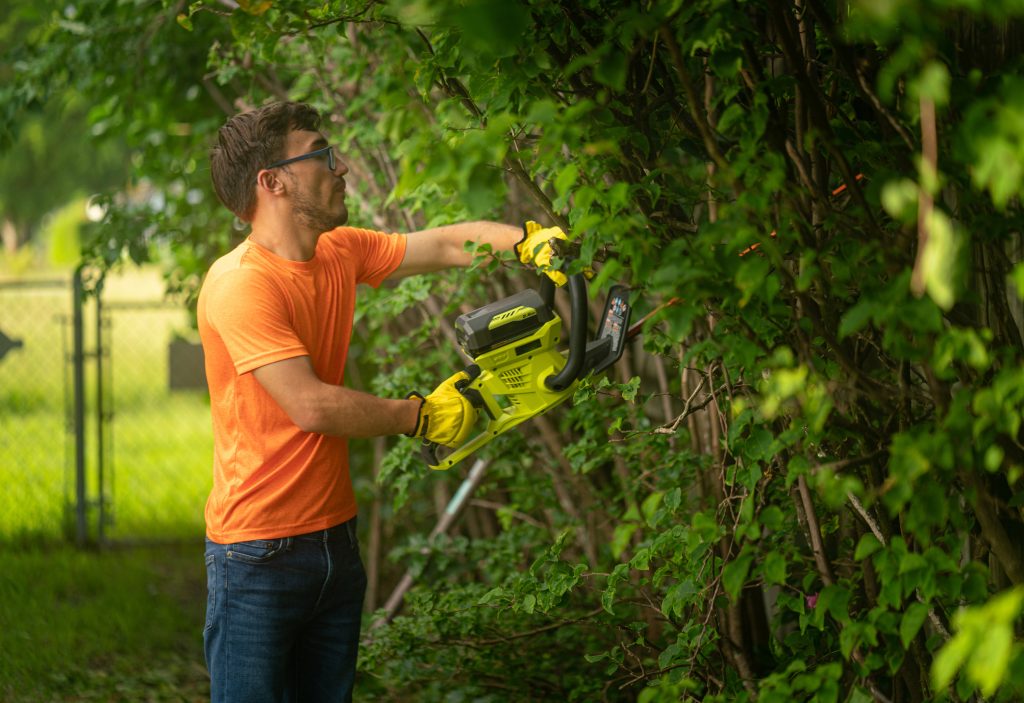
Tree shaping plays a critical role in mitigating the potential for storm damage by enhancing trees’ structural integrity and health. Proper pruning techniques reduce the risk of branches breaking or trees toppling during severe weather and promote overall tree vitality. This article explores the significance of tree pruning in Bellevue WA, in storm damage prevention, highlighting essential techniques and the advantages of professional pruning services. 1. Enhancing Tree Stability and Strength Regular pruning helps trees develop stronger branch attachments and a more stable structure. By removing weak, diseased, or dead branches, arborists reduce the likelihood of branches breaking off during storms. This practice also encourages the tree to allocate resources to healthier growth, enhancing its ability to withstand strong winds and heavy rain. 2. Reducing Wind Resistance Overly dense canopies create sail-like structures that catch wind easily, increasing the risk of trees toppling over. Pruning techniques such as crown thinning and canopy reduction reduce wind resistance by allowing air to pass through the tree more freely. This minimizes the likelihood of trees being uprooted or damaged by strong winds. 3. Promoting Tree Health and Longevity Pruning encourages proper airflow and sunlight penetration throughout the tree canopy, promoting overall tree health. By removing diseased or infested branches, arborists prevent the spread of pests and diseases, which can weaken the tree over time. Healthy trees are more resilient to environmental stressors, including storms, and are less likely to suffer significant damage. In conclusion, understanding the role of tree shaping in storm damage prevention is essential for maintaining a safe and visually appealing landscape. Professional arborists possess the expertise and tools necessary to perform effective pruning techniques safely and efficiently. Homeowners can benefit from investing in regular tree trimming in Bellevue WA, to safeguard their properties and enhance the longevity of their trees. Prioritizing tree maintenance protects against storm damage and contributes to the urban environment’s health and beauty. Are you searching for an affordable tree removal cost in Bellevue WA? Trust our experts at Cascade Tree Services to experience top-notch service. Call us at 425-530-9697 to book your service.
The Role of Tree Removal in Preventing Property Damage: Benefits
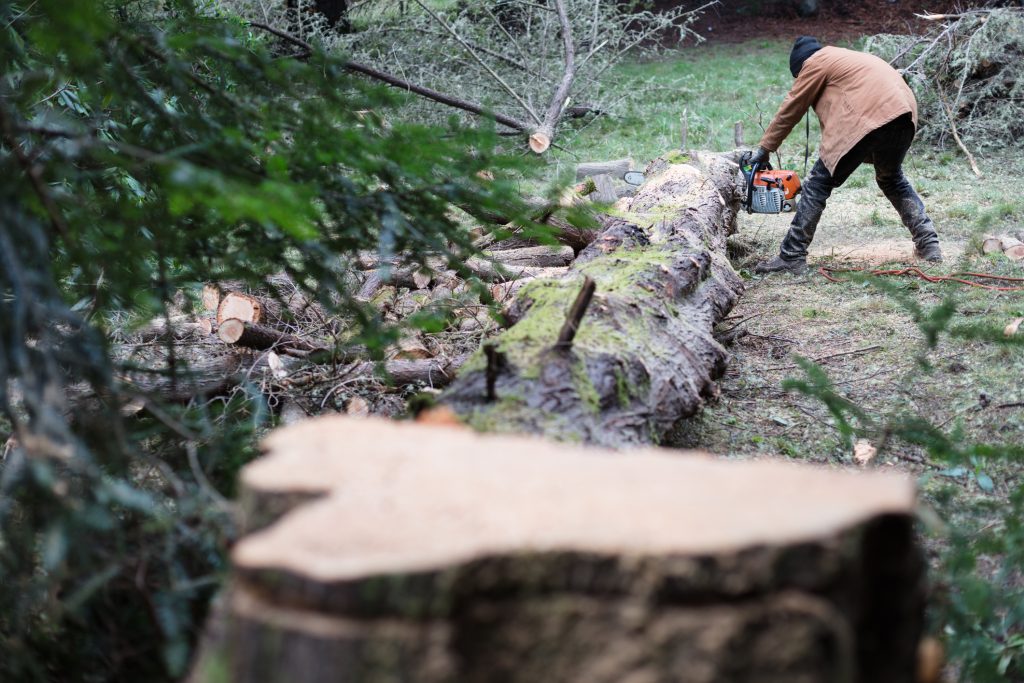
Tree felling is a proactive measure homeowners can take to safeguard their properties from potential damage. While trees offer aesthetic value and environmental benefits, certain circumstances necessitate their removal to prevent hazards such as falling branches or uprooted trees during storms. This article delves into the reasons why tree removal in Bellevue WA, is essential for property safety and how professional services ensure effective and safe removal practices. 1. Mitigating Risks of Falling Branches and Trees Trees with weak or diseased branches pose a significant risk of falling, especially during storms or high winds. These branches can damage roofs and vehicles and even injure residents. Removing such branches or the entire tree eliminates these risks and protects property and inhabitants from potential harm. 2. Preventing Damage to Structures Overgrown trees with extensive root systems can cause damage to driveways, foundations, and underground pipes. As roots grow, they can lift concrete and damage infrastructure, leading to costly restorations. Removing trees that are close to structures prevents these issues and preserves the integrity of your property. 3. Enhancing Safety During Severe Weather During storms, trees can become vulnerable to uprooting or snapping, posing a danger to nearby structures and people. Removing trees that are structurally compromised or located in precarious positions minimizes the risk of property damage and personal injury during severe weather events. 4. Addressing Disease and Infestation Trees affected by diseases or infestations can weaken over time, making them susceptible to collapse. Removing diseased or infested trees not only prevents the spread of pathogens to nearby vegetation but also protects the overall health of your landscape. In conclusion, tree clearing plays a crucial role in safeguarding your property from various risks and potential damages. Professional tree elimination services ensure that these tasks are carried out efficiently and safely, adhering to industry standards and regulations. Prioritizing tree felling when necessary not only protects your property but also contributes to the overall safety and well-being of your home and its surroundings.Ensure your property’s safety with expert tree cutting in Bellevue WA. Contact our experts at Cascade Tree Services at 425-530-9697 for professional removal that prevents damage and enhances your landscape’s health and safety!
Common Mistakes to Avoid During Tree Pruning: Essential Tips
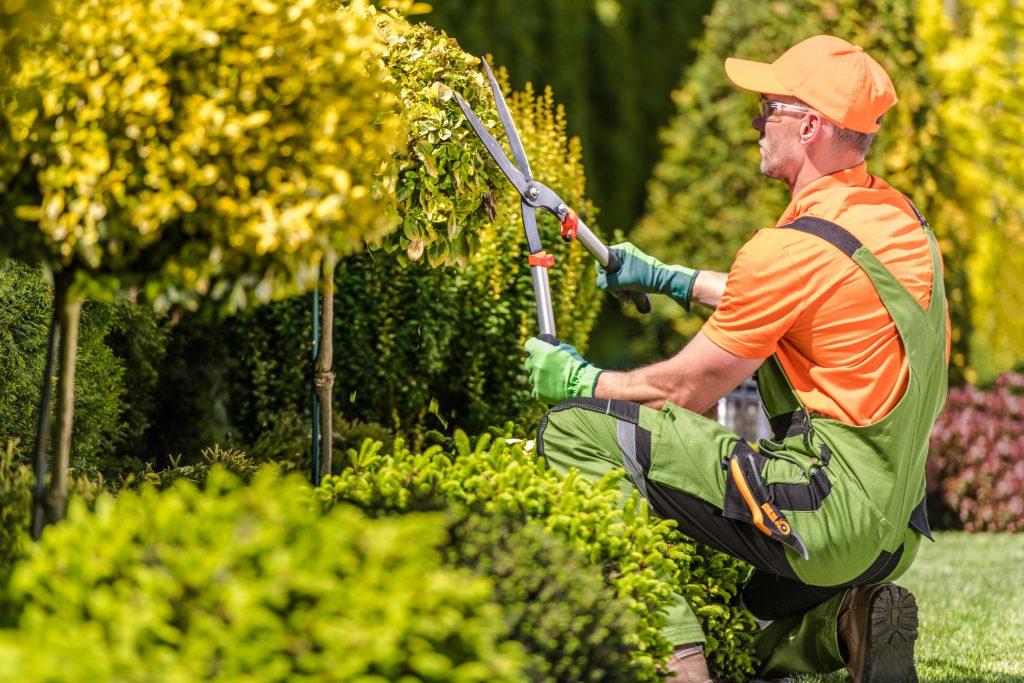
Pruning is a crucial aspect of tree care that requires knowledge, skill, and precision. While it offers numerous benefits, improper pruning practices can lead to tree stress, structural problems, and potential health issues. In this comprehensive guide, we’ll explore the common mistakes to avoid during tree pruning and provide insights into best practices for maintaining healthy and beautiful trees. 1. Pruning Without a Plan One of the most common mistakes in tree trimming is approaching the task without a clear plan. Before starting, assess the tree’s overall health, growth patterns, and pruning objectives. Determine which branches need removal or trimming and identify the desired outcome to guide your pruning efforts effectively. 2. Over-pruning or Topping Over-pruning, also known as topping, involves cutting back large portions of the tree’s canopy indiscriminately. This practice can lead to stress, weakened structure, and increased susceptibility to pests and diseases. Instead, focus on selective pruning to remove only necessary branches while preserving the tree’s natural shape and balance. 3. Improper Timing of Pruning Timing is crucial in tree trimming, and performing the task at the wrong time can harm the tree. Avoid pruning during periods of active growth, such as spring and early summer, as this can disrupt the tree’s natural processes and lead to excessive sap loss. Optimal pruning times vary depending on the tree species and objectives but generally occur during dormancy in late winter or early spring. 4. Using Incorrect Tools Using improper or dull tools for pruning can result in jagged cuts, bark damage, and an increased risk of infection. Ensure you have the right tools for the job, including sharp pruning shears, pruning saws, loppers, and pole pruners. Clean and sanitize your tools before and after use to prevent the spread of diseases between trees. 5. Neglecting Safety Measures Safety should be a priority during pruning trees. Avoid working near power lines, use personal protective equipment such as gloves and eye protection, and practice proper ladder safety when working at heights. If the pruning task involves large trees or high branches, consider hiring a professional arborist for safe and efficient pruning. 6. Removing Too Much Foliage Removing excessive foliage during pruning, especially in one session, can stress the tree and hinder its ability to photosynthesize and produce energy. Aim to remove no more than 25% of the tree’s canopy in a single pruning session and spread out major pruning tasks over multiple years to minimize stress. 7. Ignoring Tree Health Issues Pruning should not be used as a solution for underlying tree health issues such as diseases, pest infestations, or nutrient deficiencies. If you suspect your tree is experiencing health problems, address these issues separately and consult with a certified arborist. Pruning should focus on maintaining tree structure, promoting growth, and enhancing aesthetics. 8. Pruning Near the Trunk Avoid making pruning cuts too close to the trunk, as this can damage the branch collar and bark, leading to decay and structural weakness. Follow the natural branch collar and branch bark ridge when making pruning cuts to promote proper healing and minimize the risk of infection. 9. Failing to Consider Tree Growth Patterns Each tree species has unique growth patterns, and understanding these patterns is essential for effective pruning. When deciding which branches to prune, consider the tree’s natural growth habit, branch angles, and potential for future growth. Avoid creating weak branch attachments or disrupting the tree’s natural shape and balance. 10. Not Monitoring Pruned Trees After pruning, monitor the tree’s response and growth to ensure the pruning was successful. Watch for signs of stress, such as wilting leaves, dieback, or excessive sap flow, and address any issues promptly. Regularly inspect pruned trees for new growth, structural integrity, and overall health. By avoiding these common mistakes and following best practices for tree pruning, you can promote healthy growth, structural integrity, and aesthetic appeal in your trees. Remember to plan your pruning efforts, use proper tools and techniques, prioritize safety, and monitor tree health throughout the process. When in doubt, seek guidance from a certified arborist or tree care professional to ensure optimal results and long-term tree health. With careful attention and informed decisions, your pruned trees will thrive and enhance the beauty of your landscape for years to come. Avoid pruning pitfalls with Cascade Tree Services. Expert tree pruning services ensure healthy, beautiful trees. Contact us at 425-530-9697 for flawless tree care solutions!
Tree Pruning: Establishing Proper Growth Patterns in Young Trees
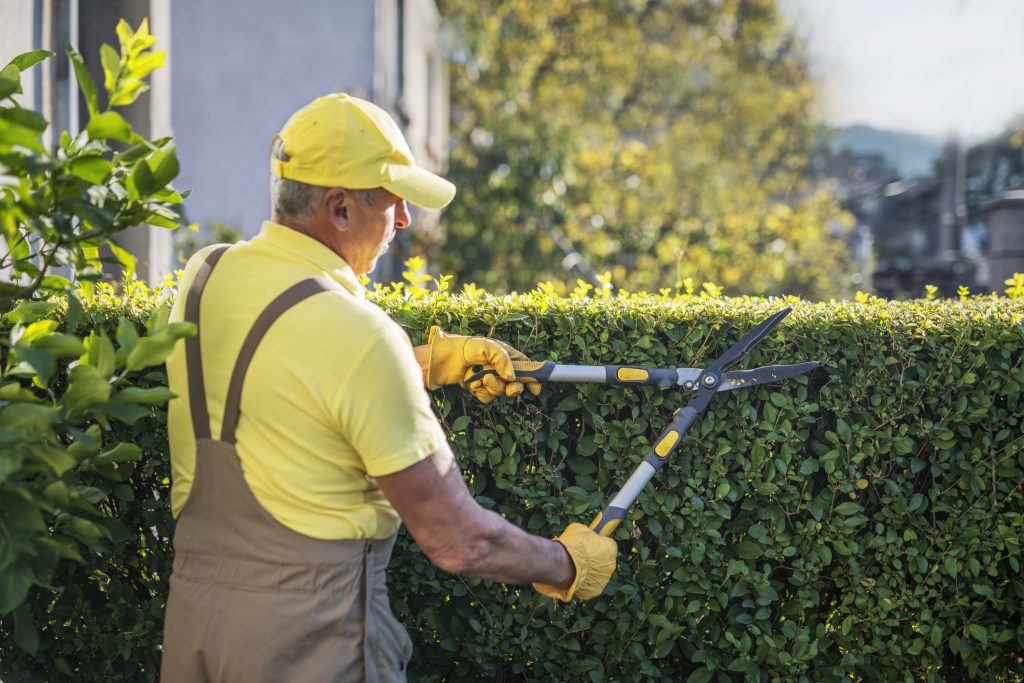
Tree trimming is a vital practice in arboriculture, especially for young trees. Proper pruning techniques help establish healthy growth patterns and structural integrity, leading to robust and resilient trees. In this article, we’ll explore the significance of tree pruning in Bellevue, WA, for young trees and the techniques involved in establishing proper growth patterns. 1. Understanding Growth Patterns Young trees undergo rapid growth and development, making it crucial to guide their growth patterns early on. Pruning helps shape the tree’s structure, promotes balanced branching, and prevents weak or competing branches from forming. 2. Promoting Strong Central Leader Pruning young trees involves promoting a strong central leader, which is the main vertical stem of the tree. Encouraging a central leader helps maintain tree stability, enhances aesthetics, and reduces the risk of structural issues in the future. 3. Removing Competing Branches Competing branches can hinder proper growth and lead to structural weaknesses. Pruning involves removing competing branches that grow too close to the central leader or cross each other, allowing the tree to allocate resources efficiently and develop a sturdy framework. 4. Thinning and Canopy Management Thinning the canopy through selective pruning of overcrowded or densely packed branches improves light penetration and air circulation within the tree. This promotes healthy foliage, reduces disease risk, and encourages strong growth throughout the canopy saving your future tree removal cost in Bellevue, WA. Tree shaping plays a crucial role in establishing proper growth patterns and structural integrity in young trees. By understanding growth patterns, promoting a strong central leader, removing competing branches, thinning the canopy, and correcting structural defects, arborists and tree care professionals ensure that young trees develop into healthy, resilient, and aesthetically pleasing specimens. Proper pruning techniques not only contribute to the long-term health and longevity of trees but also enhance the overall beauty and functionality of landscapes. Regular pruning sessions during the early years of tree growth are essential investments in the future well-being of trees and the environments they inhabit. When you search for tree cutting service near me and shortlist the reliable services considering various factors, Cascade Tree Services consistently stands out. Connect with our experts at 425-530-9697 for professional tree care solutions!
Tree Removal for Disease Management: Preventing Spread to Other Trees
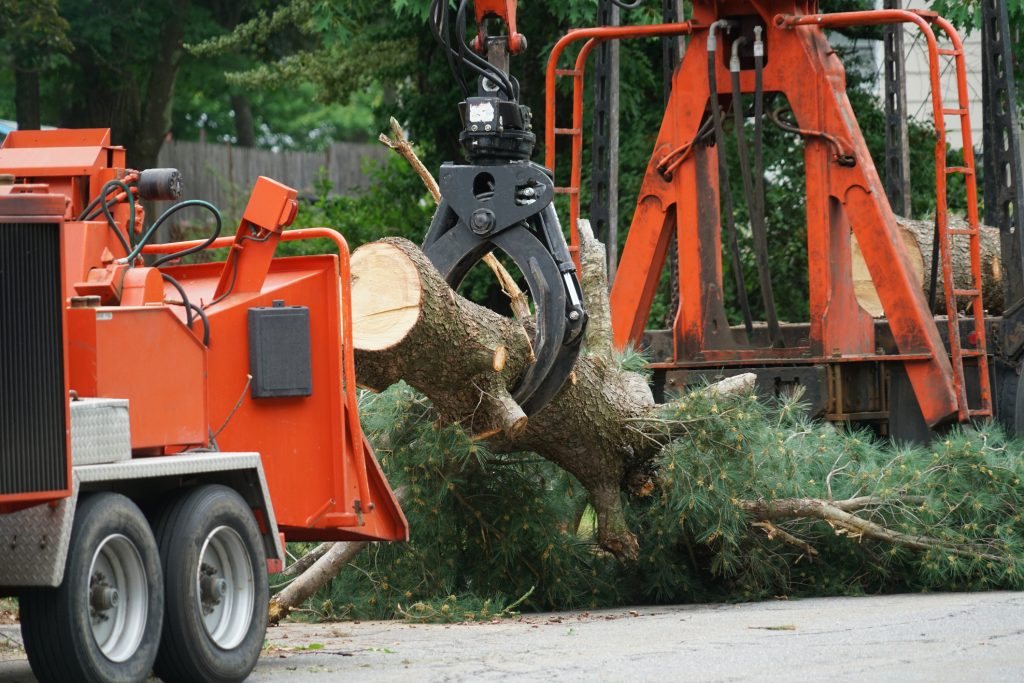
Tree diseases can spread rapidly, affecting not just individual trees but entire landscapes and ecosystems. Tree removal in Bellevue, WA, plays a crucial role in disease management by preventing the spread of infections to other trees. In this article, we’ll explore the significance of tree cutting in disease management and strategies for protecting surrounding trees. 1. Early Detection and Diagnosis Early detection and accurate diagnosis of tree diseases are essential for effective management. Arborists and tree care professionals can identify signs of infection, such as leaf discoloration, cankers, wilting, and unusual growth patterns. Prompt diagnosis allows for timely intervention and prevents further spread. 2. Isolation and Quarantine Infected trees should be isolated and quarantined to contain the disease and prevent it from spreading to healthy trees. This may involve physically separating infected trees from others and implementing biosecurity measures to minimize transmission via tools, equipment, and personnel. 3. Tree Dumping as a Last Resort In certain situations, tree disposal is the final step to managing disease spread. Severely infected trees, risking pathogen transmission or irreparable, require removal. Professional arborists evaluate, considering the tree-cutting cost in Bellevue, WA, before recommending removal. 4. Replanting and Restoration After tree disposal, replanting and restoration efforts are crucial for maintaining ecosystem balance and aesthetics. Choosing disease-resistant tree species and implementing proper planting and care practices help prevent future disease outbreaks and promote a healthy tree population. Tree harvesting plays a critical role in disease management by preventing the spread of infections to other trees. Early detection, isolation, quarantine, and, when necessary, tree uprooting are key strategies for controlling tree diseases and protecting surrounding vegetation. By working with experienced arborists and following proper protocols, property owners can effectively manage tree diseases and maintain healthy landscapes. Prioritizing disease management through tree felling ensures the long-term health and sustainability of urban and natural tree populations. Are you scouring the web for a reliable tree trimming service near me? Look no further than our experts at Cascade Tree Services for expert tree felling and management solutions! Call us now at 425-530-9697 to book your service.
The Benefits of Tree Cutting for Landscaping and Property Enhancement
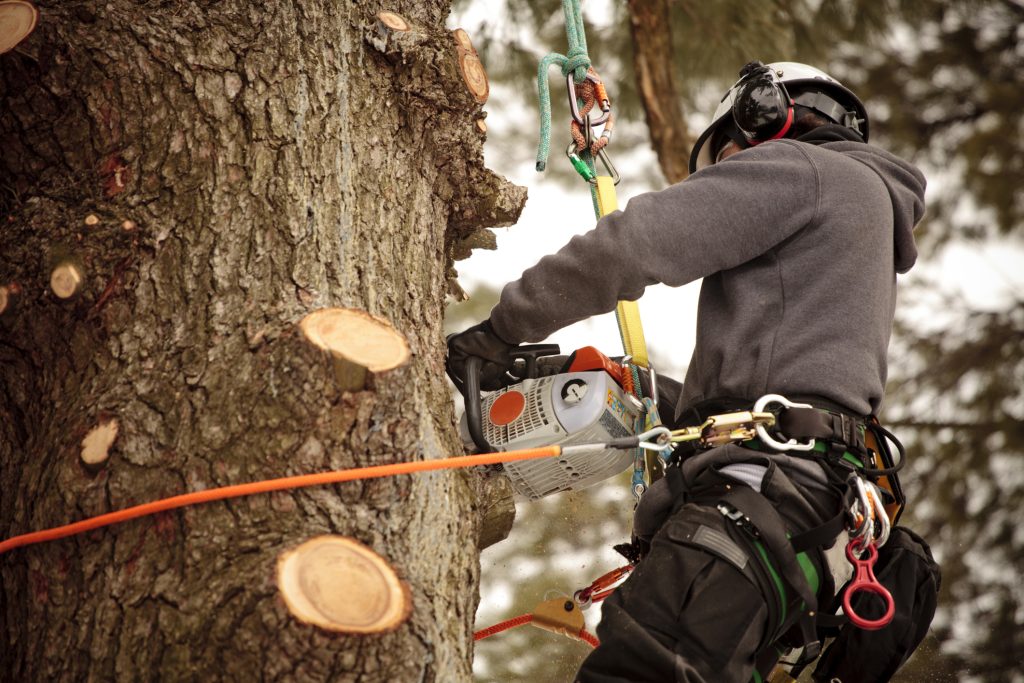
bring significant benefits when done thoughtfully and responsibly. This blog explores how strategic tree cutting in Bellevue, WA, enhances landscaping and property aesthetics while boosting safety and value. 1. Enhanced Aesthetics Strategic cutting can open up vistas, create better sightlines, and allow more natural light into your property. Removing overgrown or unsightly trees can give your landscape a more spacious and well-maintained appearance. 2. Improved Safety Old or damaged trees pose risks during storms or high winds. Cutting down such trees mitigates potential hazards like falling branches or even entire trees, thereby safeguarding both property and inhabitants. 3. Healthier Tree Growth Pruning and selective cutting can promote the health of remaining trees by reducing competition for resources such as sunlight and water. This ensures that the remaining trees thrive and grow more vigorously. 4. Increased Property Value Well-maintained landscaping significantly enhances property value. It improves curb appeal, making your property more attractive to potential buyers or renters. 5. Environmental Benefits Contrary to common belief, responsible cutting can have positive environmental impacts. It allows for the planting of more suitable tree species or other vegetation that can support local wildlife and biodiversity. In conclusion, the tree trimming cost in Bellevue, WA, is a significant investment. From improving aesthetics and safety to boosting property value and promoting environmental health, strategic tree services can transform your property for the better. For experienced tree removal contractors in Bellevue, WA, contact us at Cascade Tree Services. Call us at 425-530-9697 to schedule a consultation and discover how we can help maximize the beauty and safety of your landscape.
